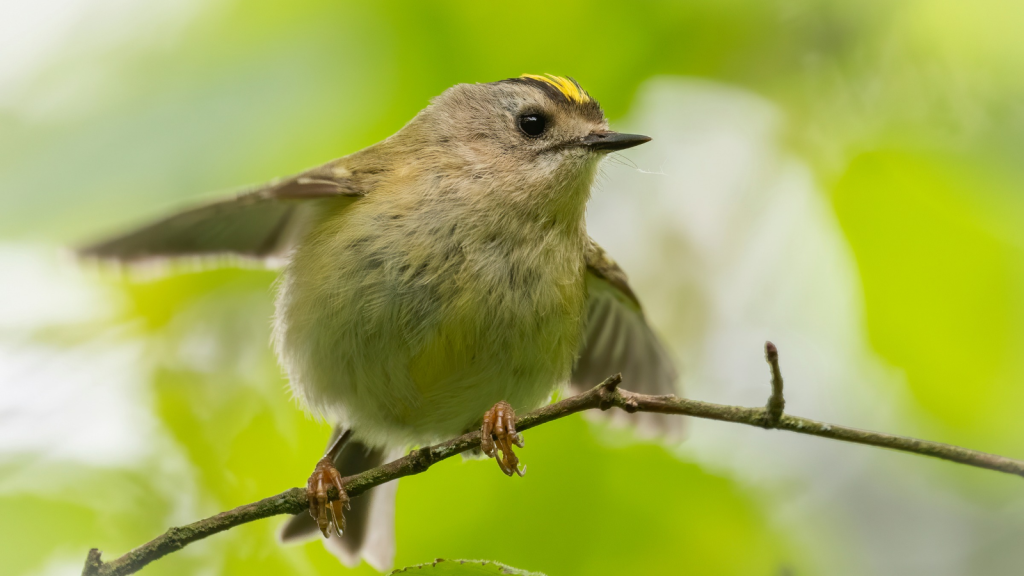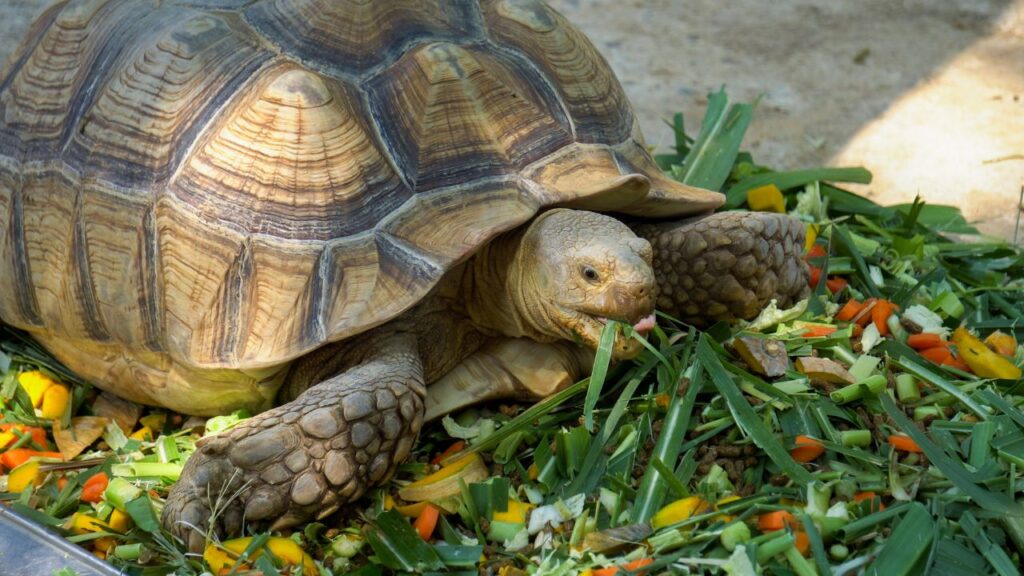The Goldcrest, a tiny bundle of feathers with a striking golden crest, is a marvel of nature that often goes unnoticed in Britain’s woodlands. Weighing less than a 20-pence coin, these diminutive birds are rarely noticed by most of us, but they’re genuinely amazing little creatures. Despite their size, Goldcrests are remarkably resilient, braving harsh winters and undertaking impressive migrations. Their presence in our gardens and forests adds a touch of magic to the British countryside.
Smaller Than Your Thumb
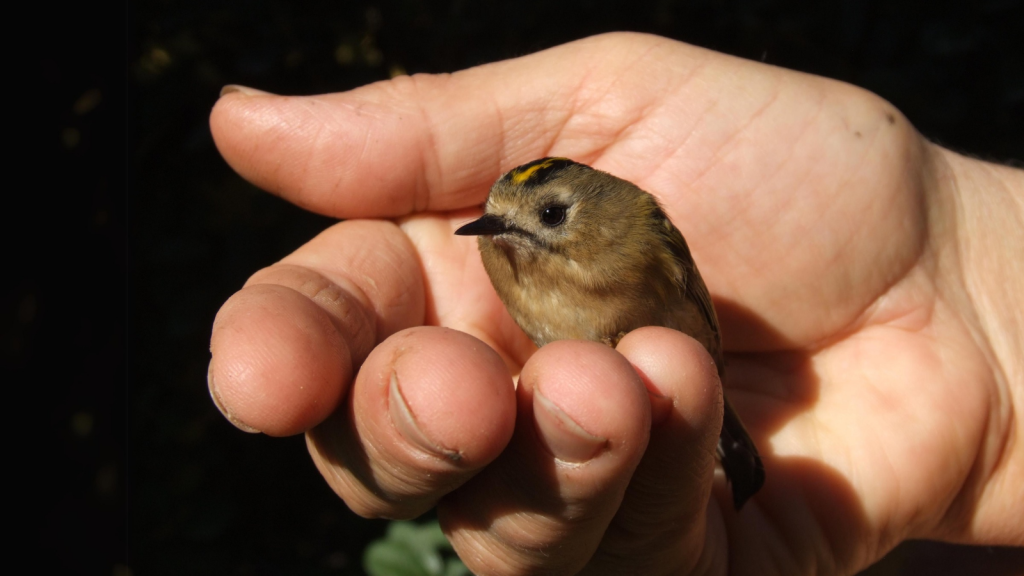
The Goldcrest is truly tiny, measuring just 9 cm in length. That’s about the size of a grown man’s thumb! They weigh between 5-7 grams, making them the smallest bird in Britain. Their diminutive size allows them to access food sources that larger birds can’t reach. Interestingly, their small size also means they have a very high surface area to volume ratio, which requires them to eat almost constantly to maintain their body temperature.
They’re Not Crests at All
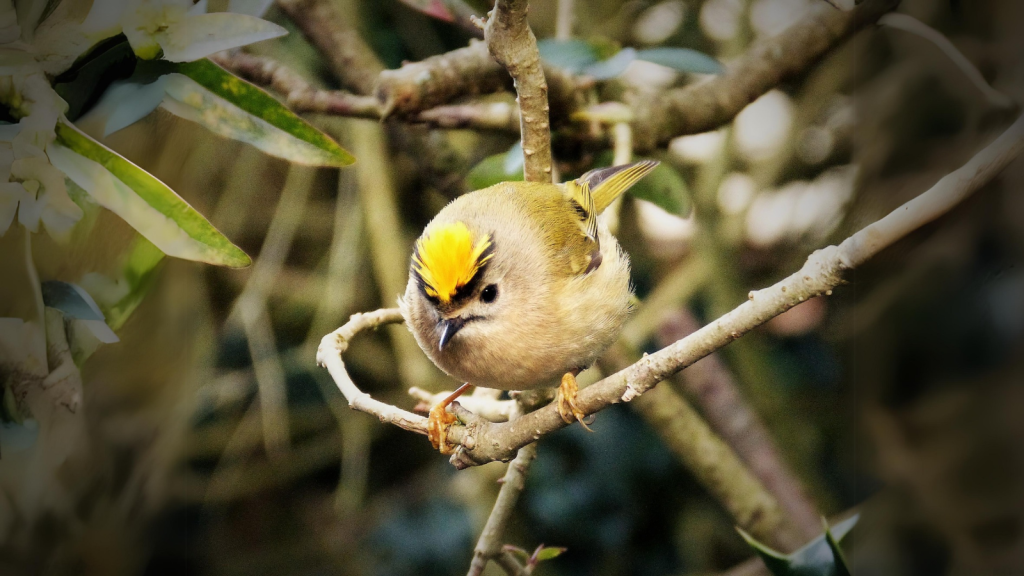
Despite their name, the yellow stripe on a Goldcrest’s head isn’t actually a crest. It’s a patch of brightly coloured feathers that can be raised or lowered. Males have an orange centre to their yellow stripe, while females have an all-yellow stripe. This ‘crown’ is used in courtship displays and to assert dominance. The brightness of the crest can also indicate the bird’s health and fitness, with more vibrant colours generally signalling a stronger, healthier individual.
Constant Eaters
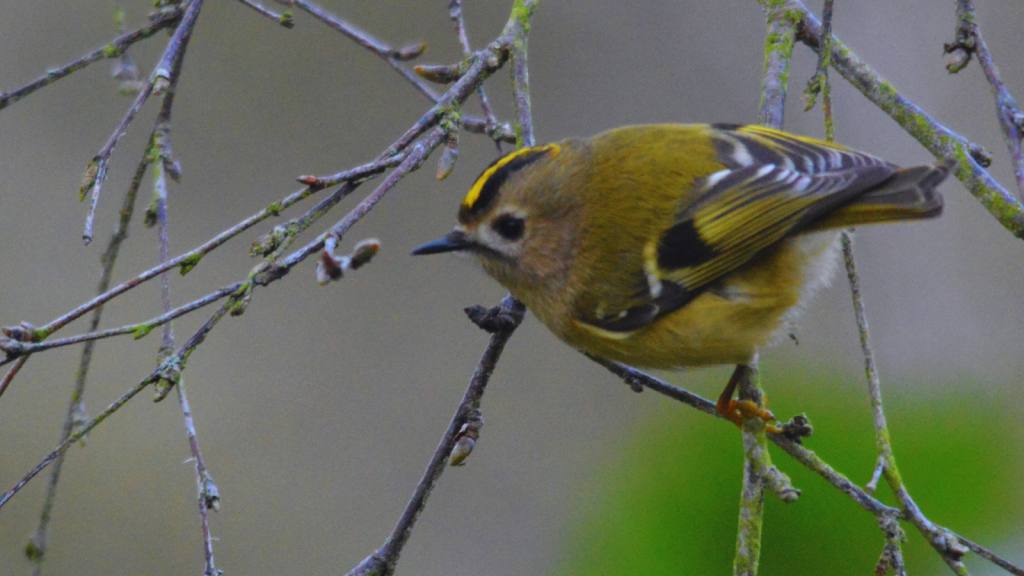
Goldcrests have an incredibly fast metabolism and need to eat almost constantly to survive. They can eat up to 100 insects per day, which is about double their own body weight! If a human ate the equivalent amount, it would be like consuming 150kg of food daily. Their diet primarily consists of small insects and spiders, with a particular fondness for aphids and the eggs and larvae of moths and butterflies.
Masters of Camouflage
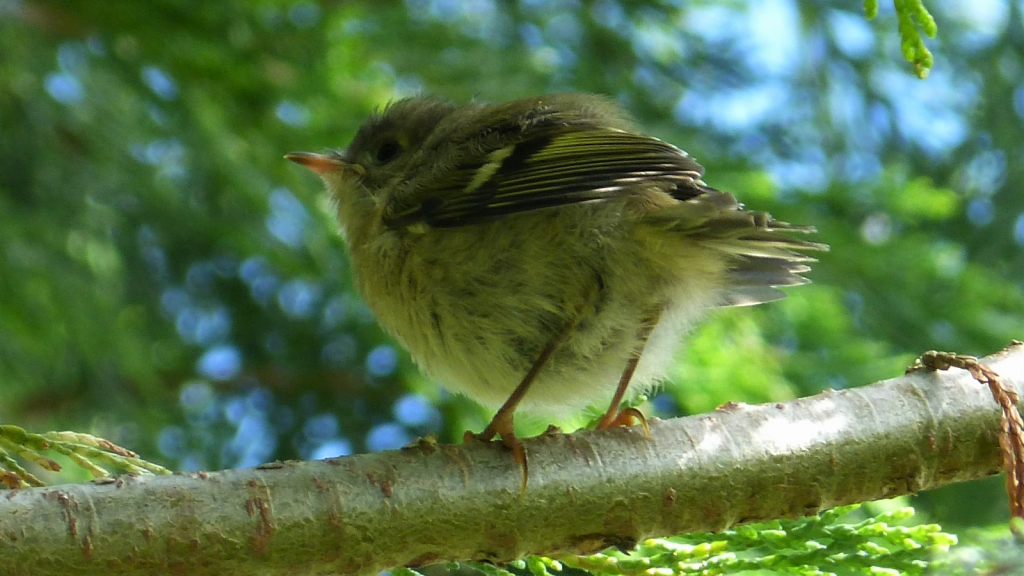
These tiny birds are experts at blending in with their surroundings. Their olive-green plumage provides excellent camouflage among the leaves and branches of coniferous trees. This helps them avoid predators and sneak up on their insect prey. Their camouflage is so effective that birdwatchers often locate Goldcrests by their high-pitched calls rather than by sight.
They Cross the North Sea
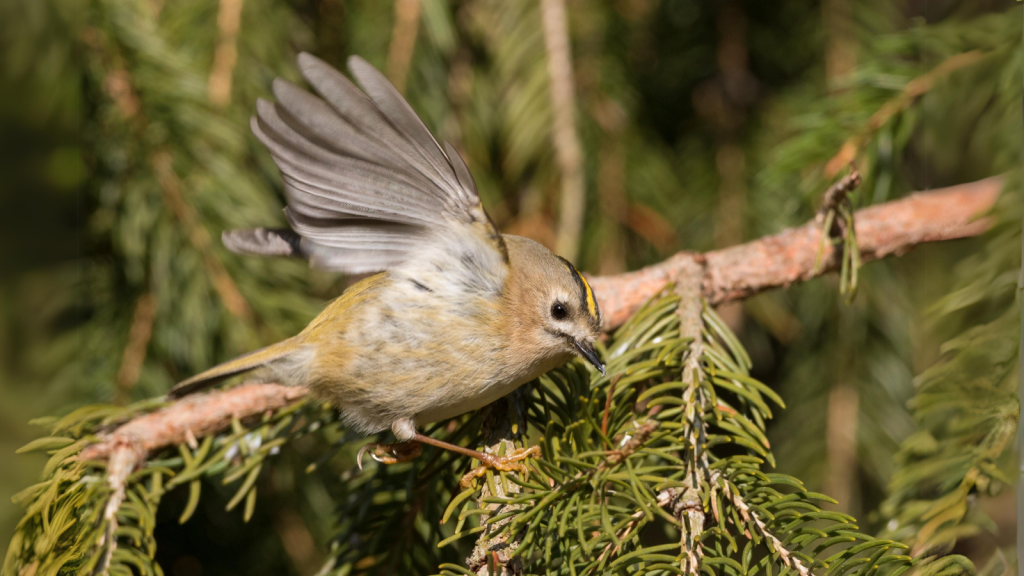
Despite their small size, Goldcrests are capable of remarkable feats of migration. Some birds fly across the North Sea from Scandinavia to Britain each autumn. Many don’t survive the journey, but those that do often arrive exhausted and are known as ‘woodcock pilots’ because they often arrive at the same time as migrating woodcocks. Remarkably, these tiny birds can fly at speeds of up to 20 miles per hour during their migration.
They’re Part of an Ancient Lineage
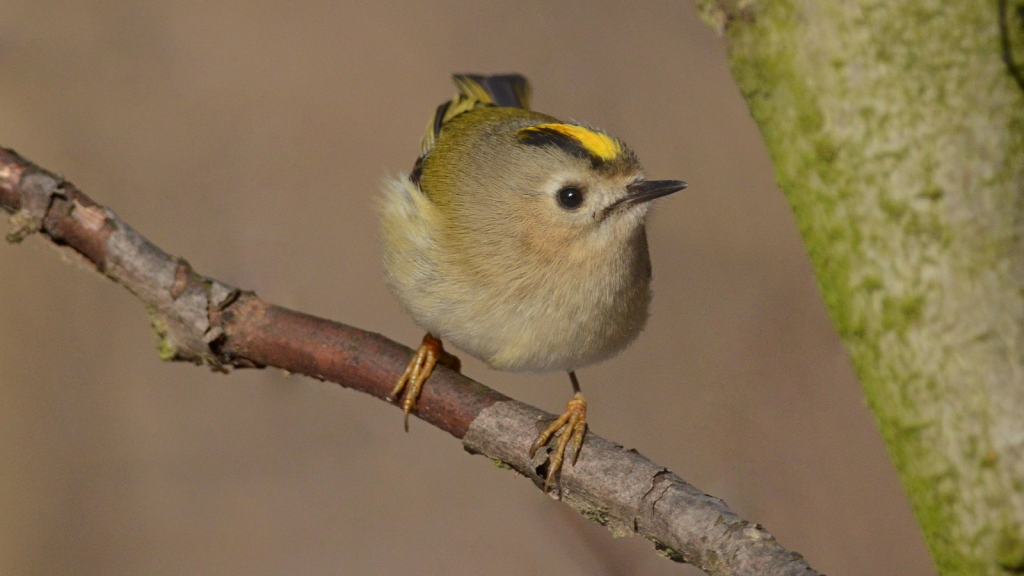
Goldcrests belong to the family Regulidae, an ancient lineage of small passerine birds. While they’re not closely related to hummingbirds, they do share some similarities with them, such as their small size and high energy requirements. Goldcrests are part of a group often referred to as “kinglets,” which includes just six species worldwide. Their family is thought to have diverged from other passerines quite early in evolutionary history, making them a unique and fascinating group of birds. Despite their tiny size, Goldcrests are remarkably hardy and have adapted to survive in a wide range of habitats across Europe and Asia.
Winter Huddles

To survive cold winter nights, Goldcrests huddle together for warmth. Sometimes, up to a dozen birds will squeeze into a single nest box or natural cavity. This behaviour helps them conserve energy and maintain their body temperature in freezing conditions. During particularly harsh winters, Goldcrests have been known to seek warmth in unusual places, including huddling next to larger, heat-producing animals like sheep.
They Have Incredible Eyesight
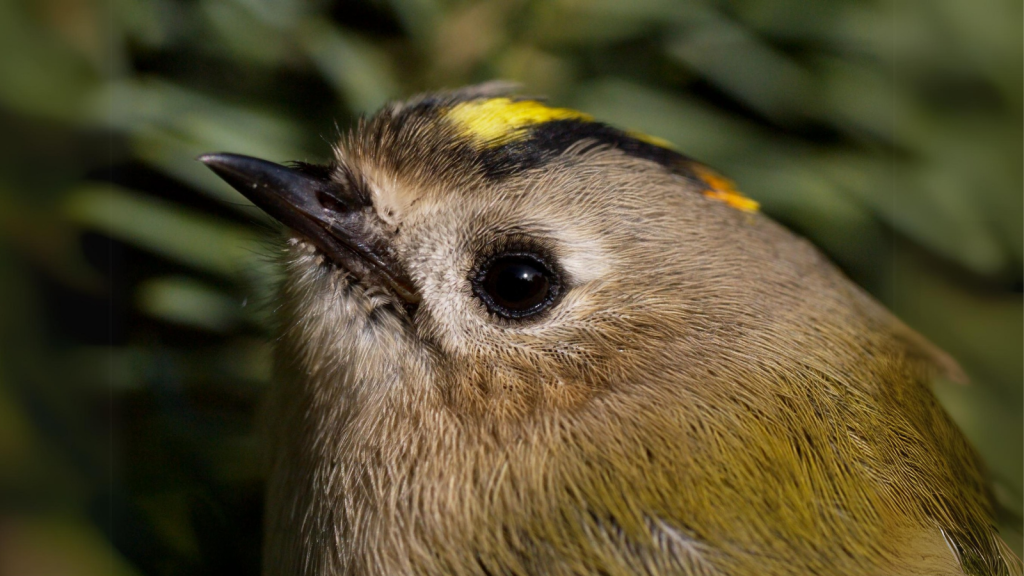
Goldcrests have proportionally large eyes for their size, which gives them excellent vision. They can see ultraviolet light, which helps them spot insects and navigate through dense foliage. This superior eyesight is crucial for their survival given their small size and insectivorous diet. Their UV vision also allows them to see patterns on plants that are invisible to humans, potentially helping them locate food sources more efficiently.
Acrobatic Feeders
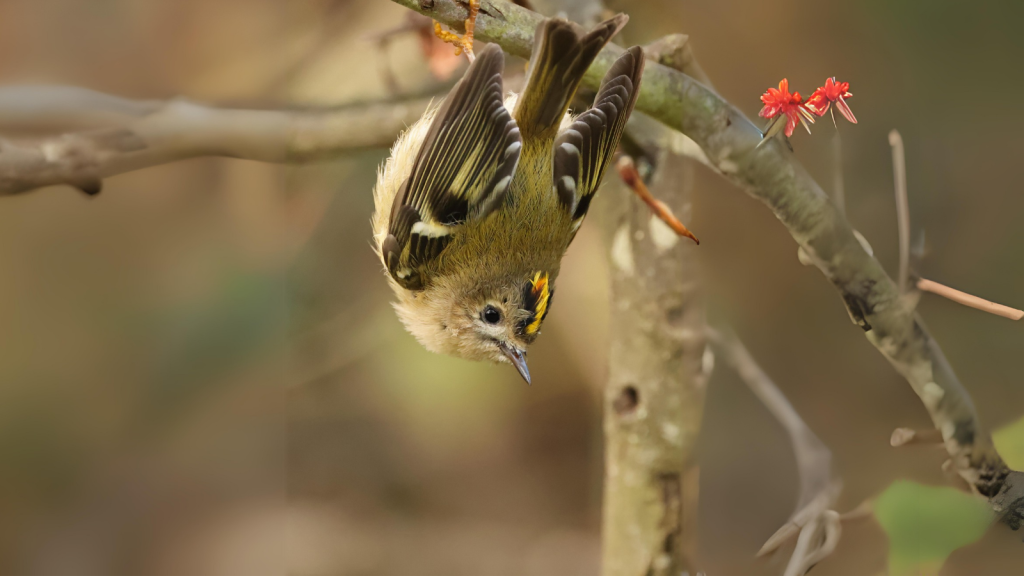
These agile birds are often seen hanging upside down or in other awkward positions as they search for food. They can hover briefly to pluck insects from the underside of leaves. Their light weight and dexterity allow them to reach food sources that heavier birds can’t access. Goldcrests have also been observed ‘gleaning’ – a feeding technique where they pick off insects from bark and leaves while perched or in flight.
They’re Not Actually Golden
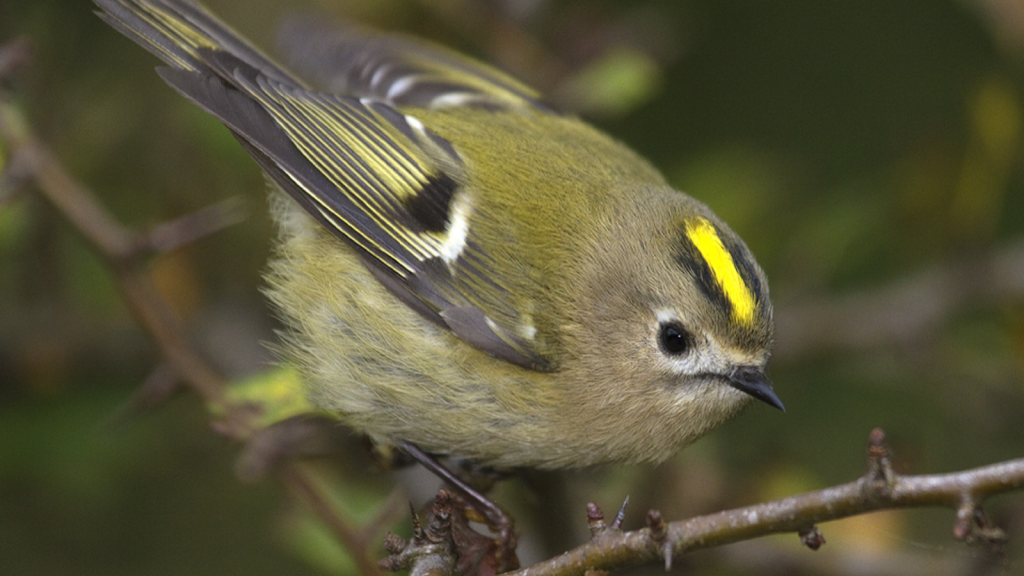
Despite their name, Goldcrests aren’t really golden. Their crest is more of a bright yellow or orange, while their body is mainly olive-green. The name ‘Goldcrest’ likely comes from the Latin term ‘regulus’, meaning ‘little king’, referring to their crown-like crest. In some European countries, they’re known by names that translate to ‘king of the birds’, echoing this regal association.
Rapid Breeders
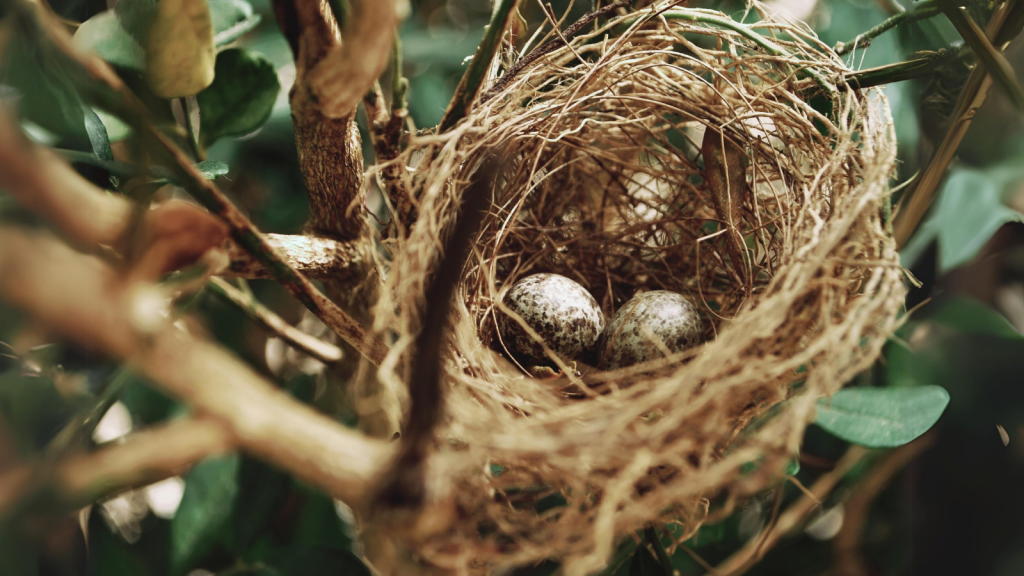
Goldcrests can raise two, sometimes even three, broods in a single breeding season. Their nests are tiny, about the size of a tennis ball, and are usually well-hidden in conifer trees. A typical clutch contains 6-8 eggs, which is a lot considering the bird’s small size! The female Goldcrest builds the nest alone, using moss, lichen, and spider webs, and lines it with feathers – all this typically takes about a week to complete.
They Have a ‘Micro’ Song
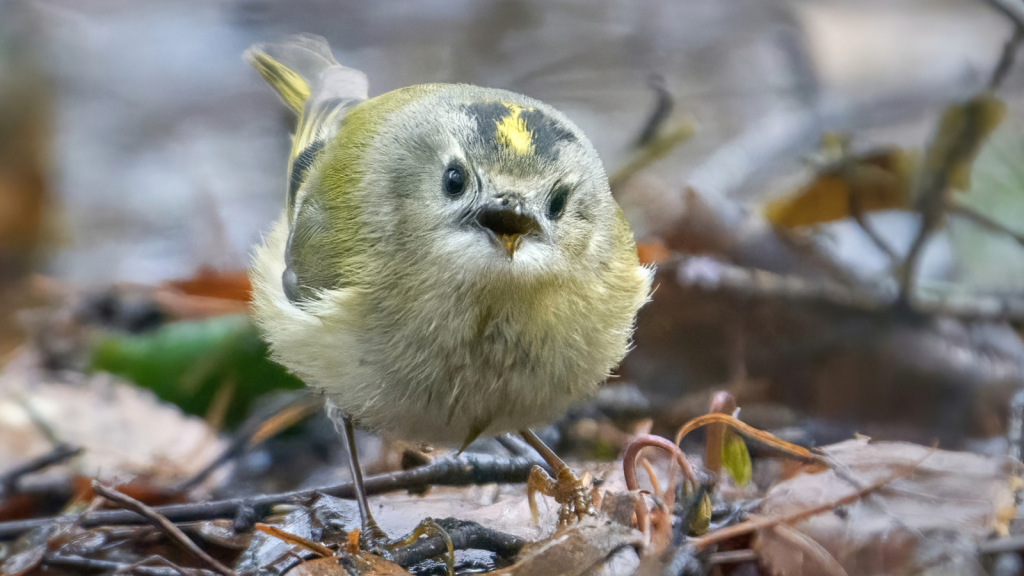
The Goldcrest’s song is so high-pitched that some people can’t hear it at all. It’s a series of very high, thin notes that can easily be missed in a noisy environment. Their call has been described as sounding like a tiny sneeze! The Goldcrest’s song can reach frequencies of up to 8.7 kHz, which is close to the upper limit of human hearing.
Indicators of Air Quality
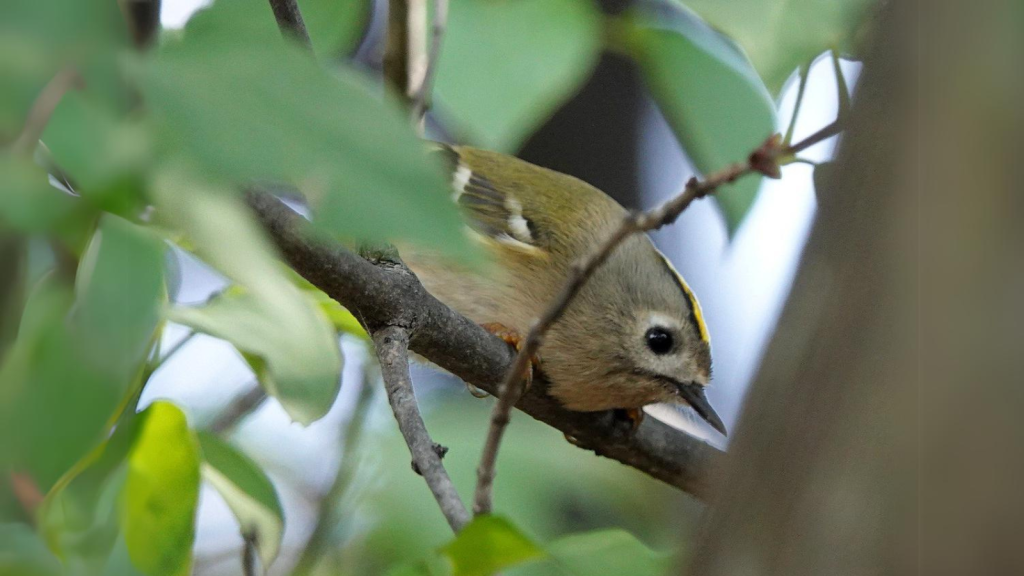
Goldcrests are sensitive to air pollution and are often used as indicators of air quality in forests. Their presence in an area generally suggests clean air and a healthy ecosystem. This makes them valuable to scientists studying environmental health. The Goldcrest’s sensitivity to pollution is largely due to their high metabolism and constant foraging, which exposes them to more airborne contaminants than larger, less active birds.
They Sometimes ‘Steal’ Spider Webs
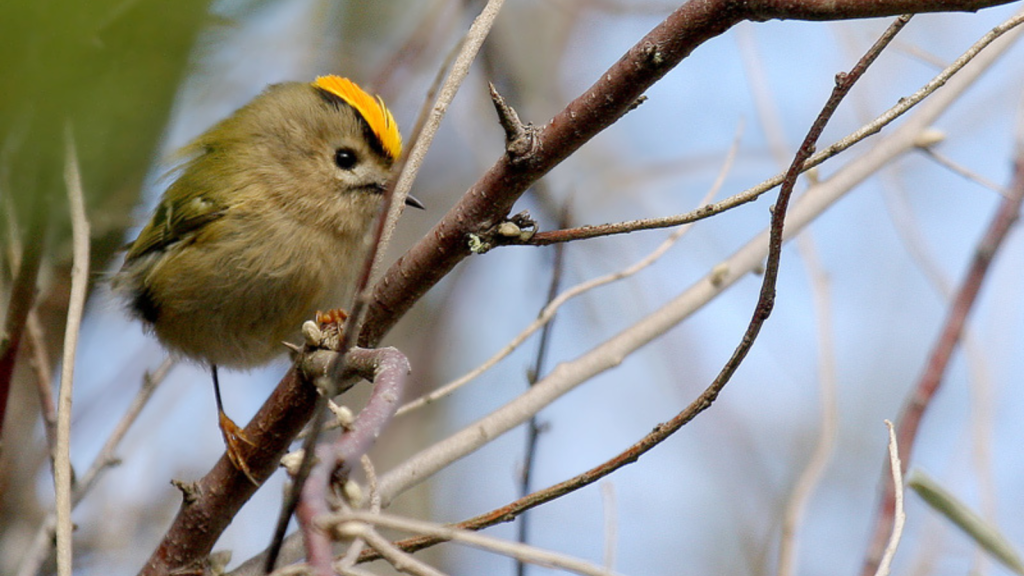
Goldcrests have been observed ‘stealing’ parts of spider webs to use in their nest construction. They carefully collect strands of web and incorporate them into their nests, using the sticky silk to bind other materials together. This clever use of available resources helps them build strong, flexible nests. The use of spider silk also provides natural elasticity to the nest, allowing it to expand as the chicks grow.
Goldcrests Inspired a Fairy Tale
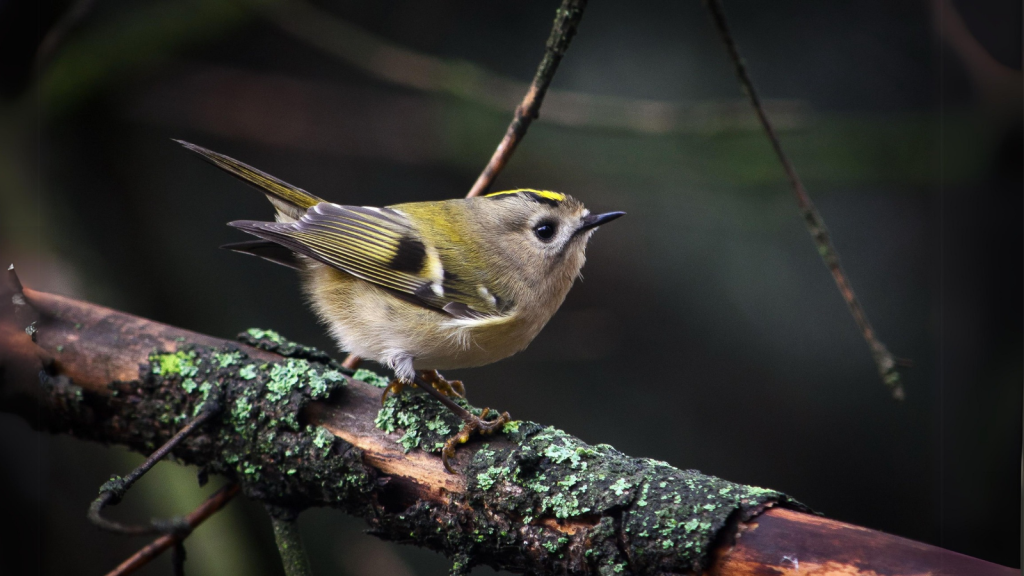
The Goldcrest’s tiny size and golden ‘crown’ inspired the Brothers Grimm fairy tale ‘King of the Birds’. In the story, the birds hold a contest to see who can fly the highest, with the Goldcrest winning by hitching a ride on an eagle’s back. This tale reflects the bird’s reputation for cleverness despite its small size. Similar stories about the Goldcrest can be found in folklore across Europe, often portraying the tiny bird as a symbol of intelligence and resourcefulness.

